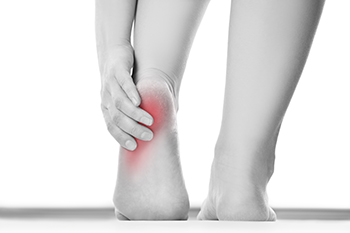
Heel Pain – Call (828) 766-7667
Heel pain is a common complaint, affecting people of all ages. While plantar fasciitis often steals the spotlight, several other culprits can be behind your discomfort. Let’s delve into the different causes, treatments, and how our experts at Alta Ridge Foot Specialists can guide you towards pain-free steps.
The Culprits Behind Heel Pain
- Plantar Fasciitis: This inflammation of the ligament supporting your arch is a frequent offender, especially for those with high or flat arches. It often presents as stabbing pain upon getting up after rest.
- Other Causes: Don’t dismiss other possibilities like fractures, nerve issues, tumors, or arthritis. We’ll carefully examine your foot, gait, and even utilize X-rays to pinpoint the root cause.
Finding Relief: A Multi-Pronged Approach
Fortunately, most heel pain cases respond well to non-surgical treatments, like:
- Custom Orthotics: Address mechanical imbalances, controlling the arch and reducing strain on the plantar fascia.
- Stretching & Night Splints: Gentle stretches and wearing a night splint help keep the plantar fascia flexible and promote healing.
- Pain Management: Anti-inflammatory medications, cortisone injections, and ice therapy can offer temporary relief.
- Lifestyle Adjustments: Supportive shoes, avoiding barefoot walking, and reducing standing time on hard surfaces contribute significantly to recovery.
Advanced Solutions for Persistent Pain
For chronic cases, we may explore options like:
- Cast Immobilization: This temporary measure allows complete rest and healing in severe cases.
- Extracorporeal Shockwave Therapy (EPAT): Sound waves target the painful area, stimulating tissue repair and pain relief.
- Surgery: In rare instances, surgery might be necessary to address specific structural issues.
Prevention is key! Long-term use of orthotics and stretching will help manage the problem and prevent recurrences.
Ready to Take Steps Towards Pain-Free Heels?
Schedule an appointment with our foot specialists today. We’ll work with you to diagnose the cause of your heel pain and create a personalized treatment plan to get you back on your feet comfortably.
